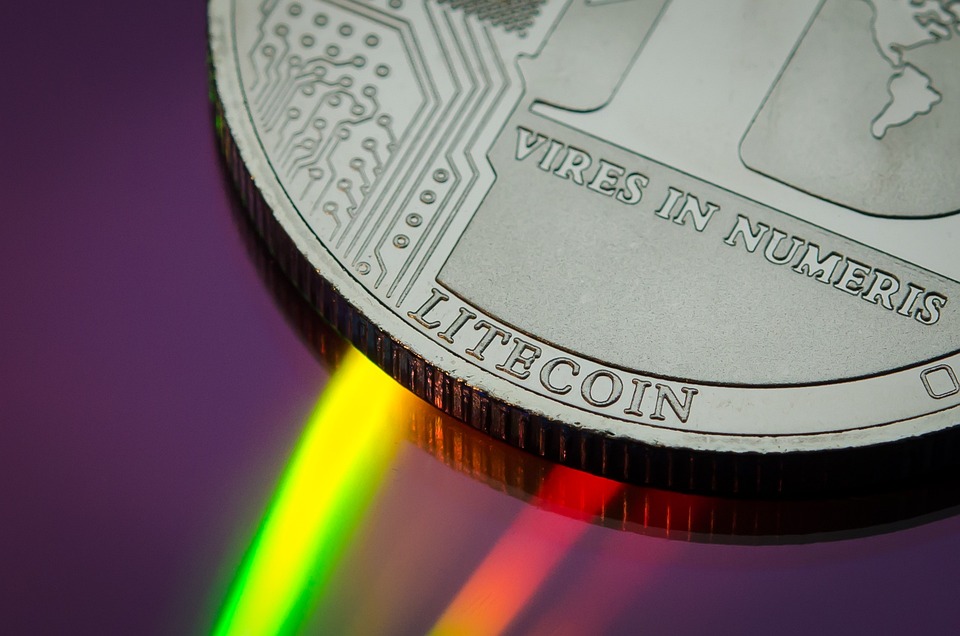In the rapidly evolving landscape of cryptocurrency, terms like "market capitalization" often dominate discussions among investors and analysts. Although it may seem like a niche financial concept, understanding market capitalization is crucial for anyone involved in the crypto space, from seasoned traders to new investors. In this article, we’ll break down what market capitalization means, how it’s calculated, the implications for investors, and its specific considerations within the cryptocurrency market.
What Is Market Capitalization?
Market capitalization, often referred to as "market cap," is a measure of the total value of a cryptocurrency in the marketplace. It is calculated by multiplying the current price of a single unit of the cryptocurrency by the total number of coins or tokens in circulation. The formula can be expressed as:
Market Capitalization = Current Price x Total Circulating Supply
For example, if a cryptocurrency is priced at $50 and there are 1 million coins in circulation, the market cap would be $50 million.
The Importance of Market Capitalization
1. Ranking and Comparison
Market capitalization enables investors to rank and compare different cryptocurrencies with relative ease. It acts as an indicator of a cryptocurrency’s size, where higher market cap often correlates with a more established presence in the market. For instance, Bitcoin, with a market cap often exceeding hundreds of billions of dollars, is regarded as a market leader, while newer tokens might have much smaller market caps.
2. Liquidity and Volatility
Generally, cryptocurrencies with larger market capitalizations tend to be more liquid, meaning there are usually more buyers and sellers in the market. This liquidity can help minimize price volatility, making significant price swings less likely. Conversely, smaller market cap cryptocurrencies can experience drastic price changes due to a relatively limited number of trading participants.
3. Investment Strategy
For investors, understanding market capitalization is crucial for forming an investment strategy. Investors often classify cryptocurrencies into three categories based on their market cap:
-
Large-Cap Cryptocurrencies: Typically over $10 billion, these are considered safer investments as they have established track records and generally attract institutional investors.
-
Mid-Cap Cryptocurrencies: Valued between $1 billion and $10 billion, these assets offer a balance between risk and reward but can be more volatile than large-cap coins.
- Small-Cap Cryptocurrencies: Below $1 billion, these are often seen as speculative investments. While they can offer high potential returns, they also carry a higher risk due to their volatility and lower liquidity.
Unique Considerations for Crypto Market Capitalization
1. Supply Differences
Cryptocurrencies can have vastly different supply structures. While Bitcoin has a capped supply of 21 million coins, many altcoins might have an unlimited supply or a different protocol governing their issuance. This makes market cap comparisons tricky. Low supply coins can achieve a high market cap without substantial backing in the market, causing potential misinterpretations.
2. Inflated Market Cap
The crypto market frequently experiences scenarios where market caps can be inflated. For instance, projects with little real-world application can see their tokens sharply increase in price due to speculation, leading to a temporary spike in market cap that doesn’t reflect genuine market interest or sustainability.
3. Regulatory Impact
The regulatory landscape can have significant effects on market capitalization. Regulatory news can lead to sudden price drops or surges. Investors must remain vigilant about market cap because changes can occur rapidly, affecting investment strategies.
4. Technological Innovations
Cryptocurrencies are driven by technological advancements and protocol updates. These factors can also influence market cap significantly, as new features or security improvements may lead to increased investor confidence and consequently an increase in value.
Conclusion
Market capitalization serves as an essential metric for investors navigating the daunting world of cryptocurrencies. Offering insights into liquidity, volatility, and relative size, a foundational understanding of market cap can vastly improve an investor’s ability to make informed decisions. However, investors must also pay attention to the unique characteristics of the crypto market, as several factors, such as supply dynamics, regulatory changes, and technological advancements, can dramatically influence market cap figures.
In the fast-paced realm of digital currencies, understanding market capitalization isn’t just about grasping numbers; it’s about equipping oneself with the knowledge to pursue profitable and sustainable investment opportunities.




